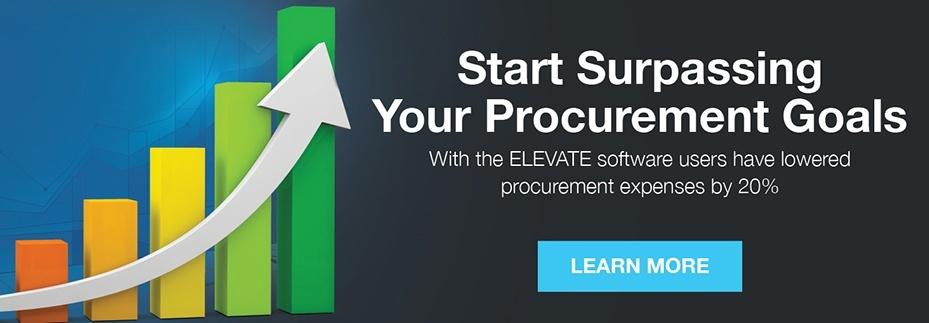As the new year approaches, consider an audit of your existing supply chain management. Supply chain management is about more than improving your costs and efficiency—supply chain management has steadily become more complex as businesses increase their global reach and markets are shifting. 2019 is the perfect time to bring your company into a modern supply chain, strategizing to meet customer needs, building responsive supply chains, and reducing risks.
Improve Your Supply Chain Risk Management
Conducting a risk assessment and identifying potential vulnerabilities in your existing supply chain is the first step towards reducing your organization's risk. As with any area of an organization, things can go wrong. There are opportunities for mistakes and disasters. A comprehensible risk management program should investigate the supply chain from end-to-end, especially as supply chains become more cumbersome and complicated.
Data analysis, possible disaster scenarios, and simulations can all be combined into a rigorous test of a supply chain's risk. While an organization cannot prepare for everything, it can reduce the ripple effect of unexpected events through disaster plans. Having these plans in place can substantially mitigate loss.
Audit Your Supply Chain Security
Supply chain security is changing. As more of the supply chain has moved into the digital realm, data attacks have become more common. For example, malicious software like ransomware will attempt to hold a company’s data hostage until the decision makers meet the hacker’s demands.
Companies are going to need to learn more about security in this changing world Training their employees on modern security methods and investing in the right security suites are just the beginning. Large enterprises have already had their supply chains compromised, and these attacks often come from other countries where there is very little recourse for the business in terms of damages. All organizations can do is tighten their security, work with reputable companies when possible, and learn to identify the hallmarks of breached security.
Increase Your Supply Chain Visibility
Better supply chain management now necessitates increased supply chain visibility. Customers want to be able to view a company's inventory through multiple channels, while an organization itself needs to be able to consolidate procurement—regardless of channel—through a single database and system. Increased supply chain visibility makes it easier for customers to engage with an organization, while also improving the overall customer experience.
However, this can be difficult for institutions who are still operating on older technologies. Some organizations may be running multiple supply chain software systems, and attempting to sync data from individual locations. It's time for these organizations to work to streamline their operations, creating consolidated and highly visible infrastructures.
Encourage Supply Chain Innovation
Customers are demanding more information regarding the products they consume.. Not only are customers easily able to comparison shop, but they also want accountability when it comes to manufacturers or distributors. Organizations that provide transparency in their sourcing will fare better in an emergency – like a product recall – than those who don’t.
Businesses need to follow consumers’ leads when it comes to innovation. Through intelligent technologies, artificial intelligence, and big data, retailers and other customer-facing organizations need to create new business models that develop better customer predictions, and more accurate business forecasts. Innovation is vital for any business that wants to remain competitive, as the retail market as a whole is evolving.
There's no shortcut to innovation, but companies can encourage progression on a cultural level while exploring new technologies and learning more about their competition. Focusing on customers and their needs is often enough to yield important insights about the way that the market is shifting. The next step is adopting improvements in their existing supply chain operations.
As a discipline, supply chain management is changing. Supply chain management is becoming leaner and more responsive, being forced to handle additional moving parts in an economical and streamlined way. Moving into 2019, your organization's supply chain will be a primary component of its customer experience and marketability. It’s time to take advantage of the new paths to purchase through your procurement process.

About Michael Wilson
Michael Wilson is AFFLINK'S Vice President of Marketing and Communications. He has been with the organization since 2005 and provides strategic leadership for the entire supply chain team. In his free time, Michael enjoys working with the Wounded Warrior Project, fishing, and improving his cooking skills.






